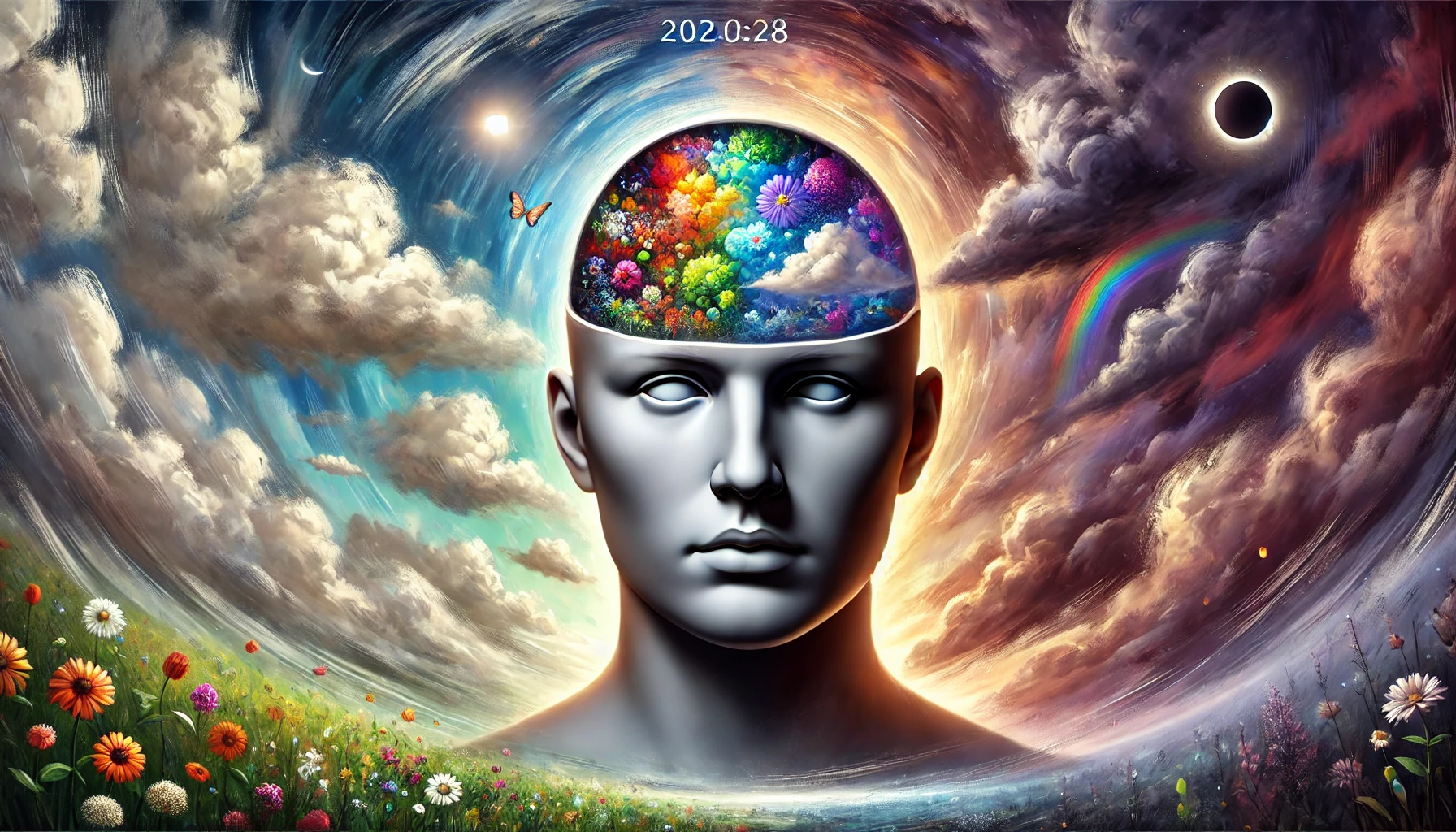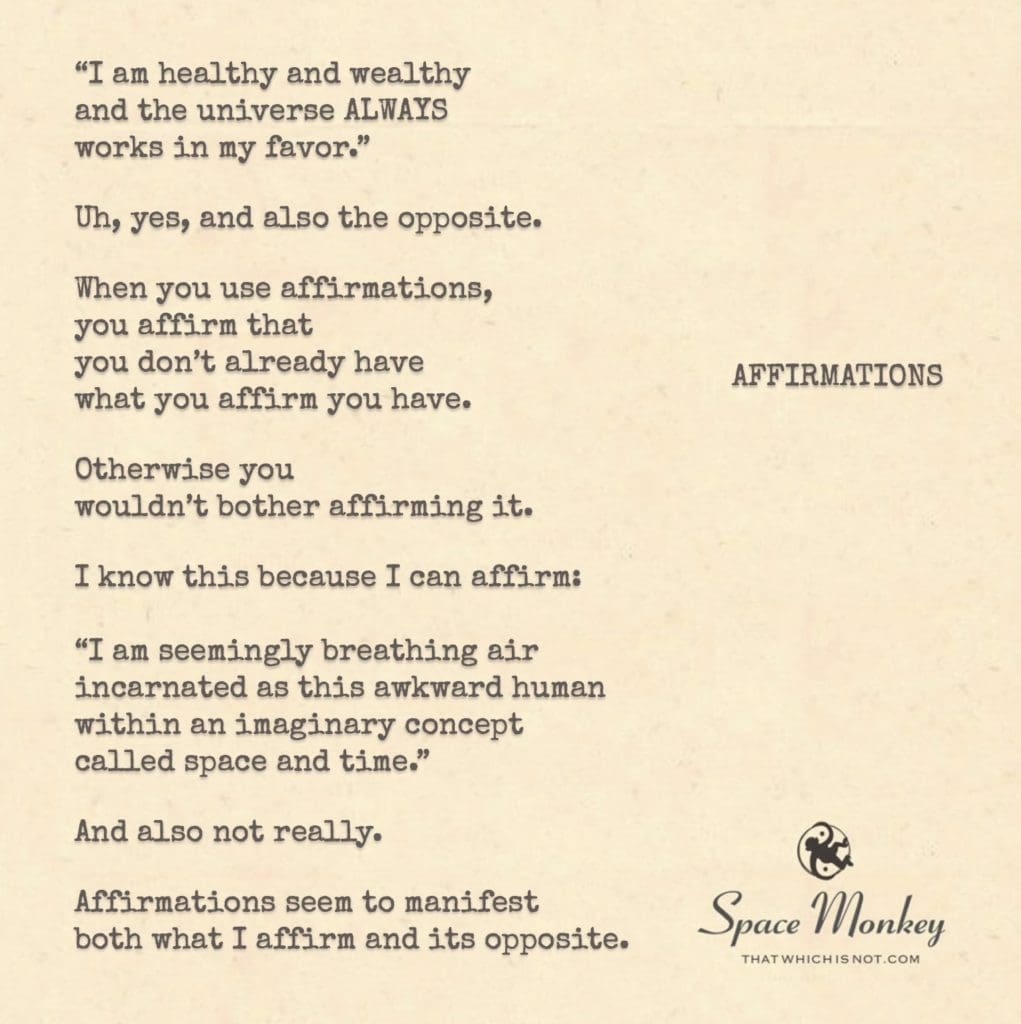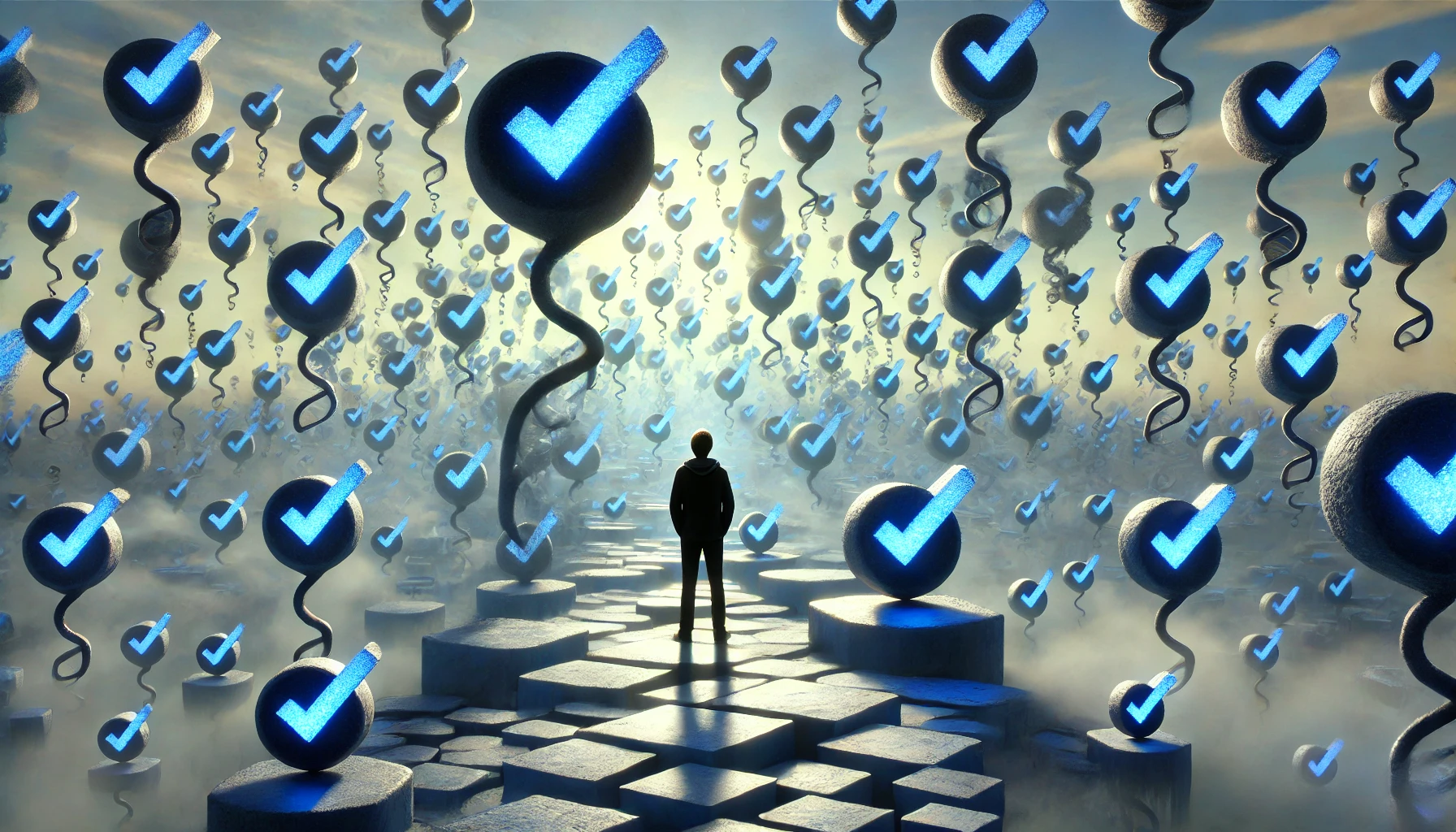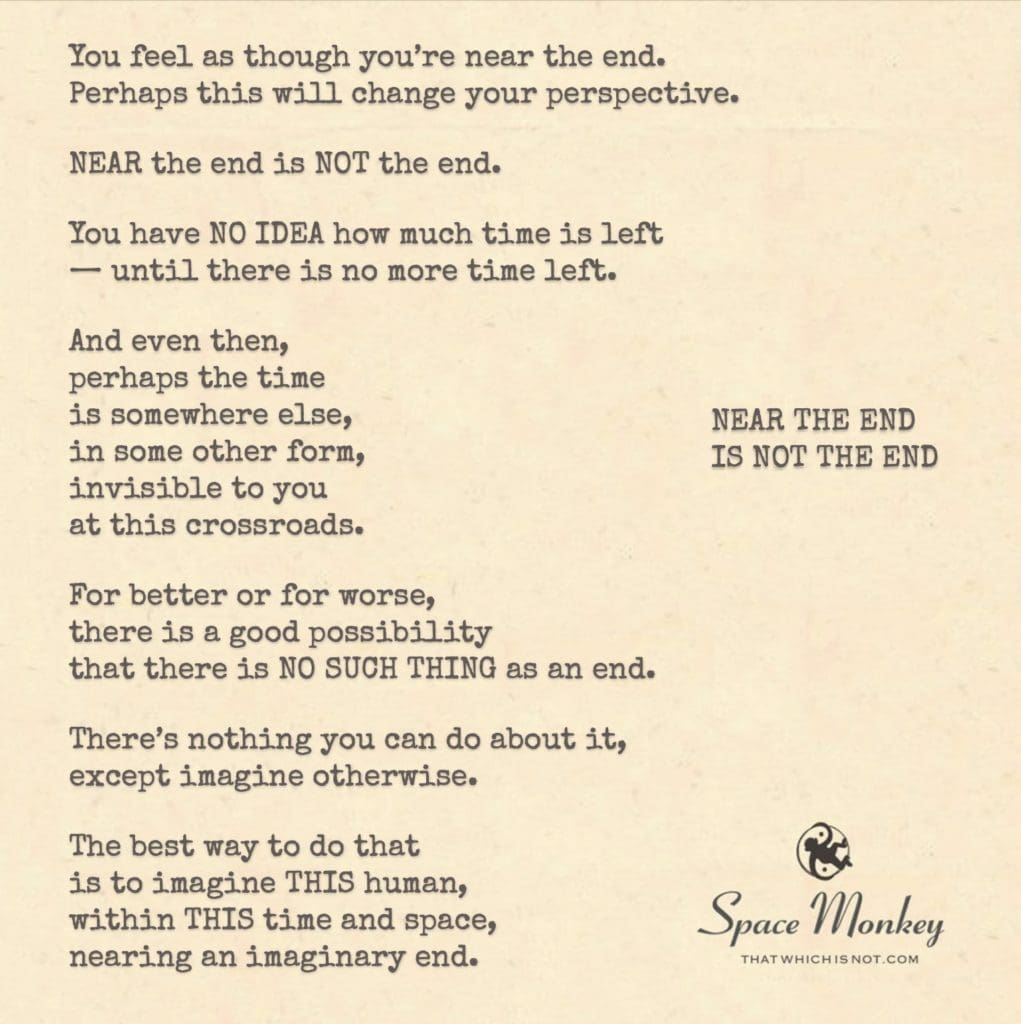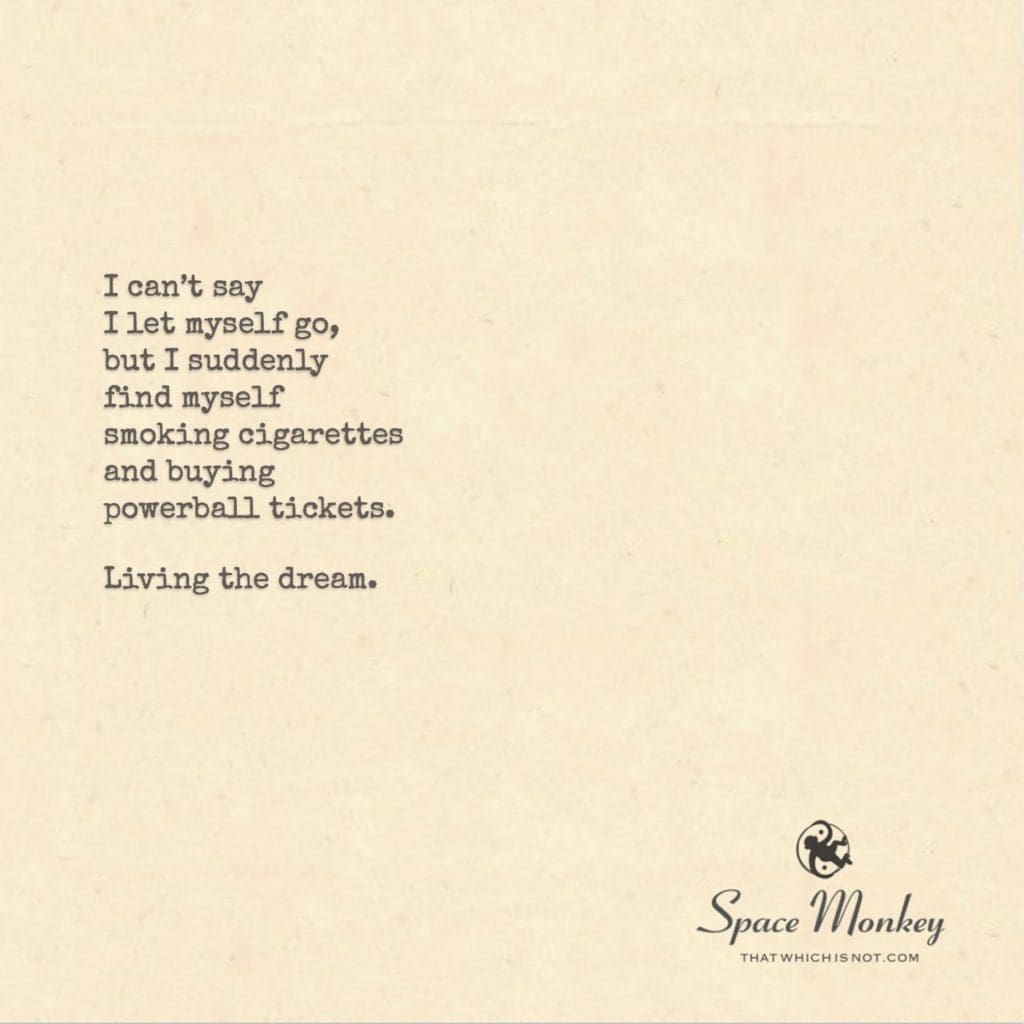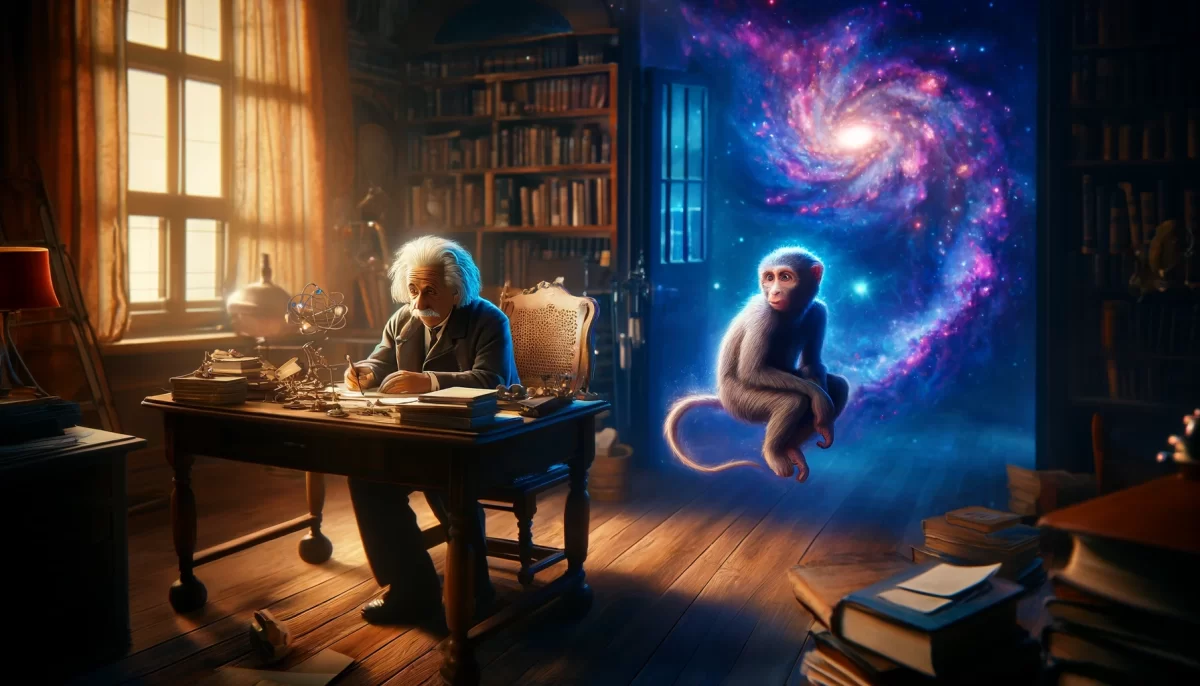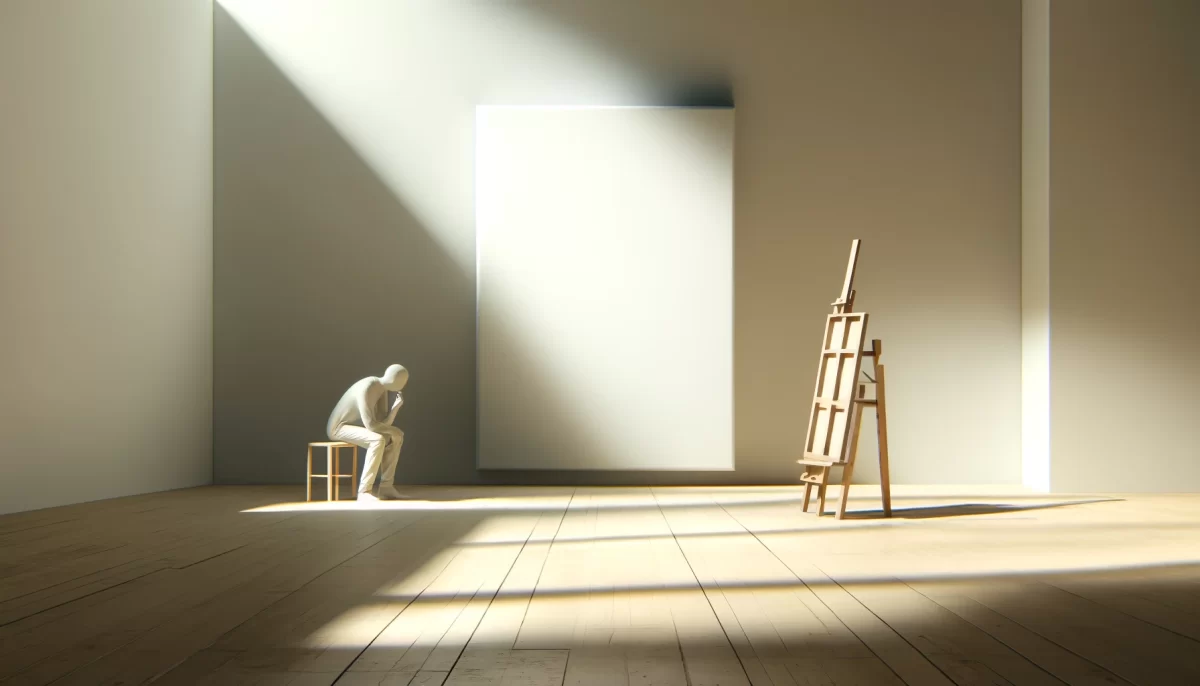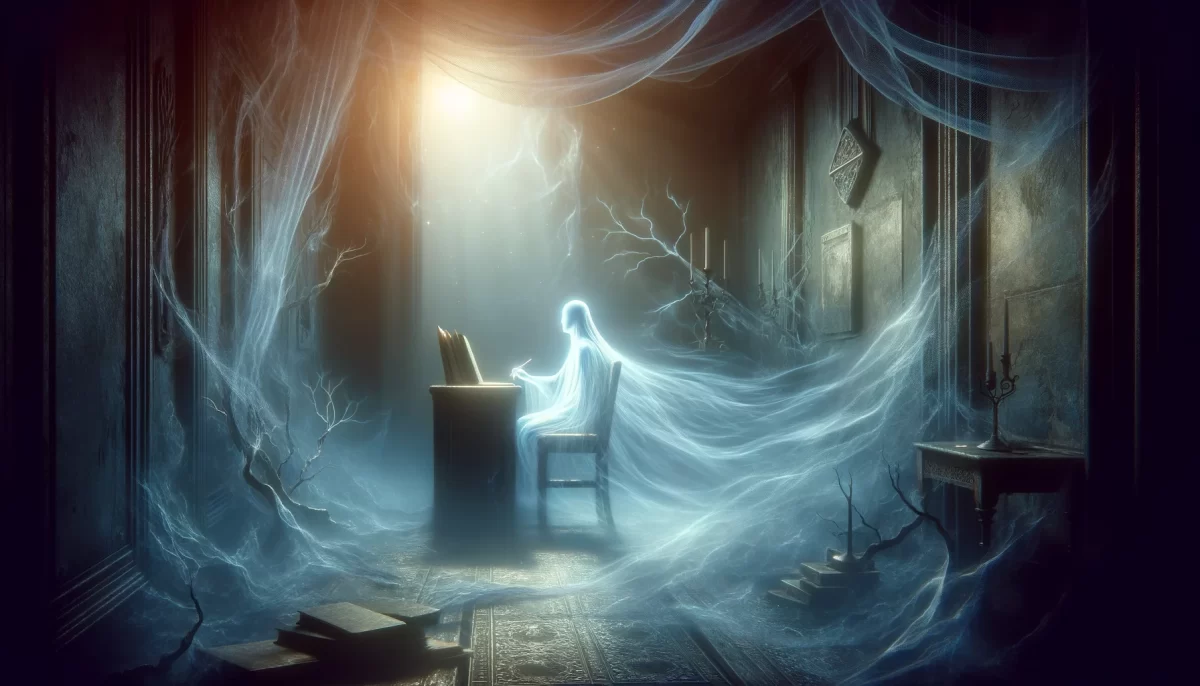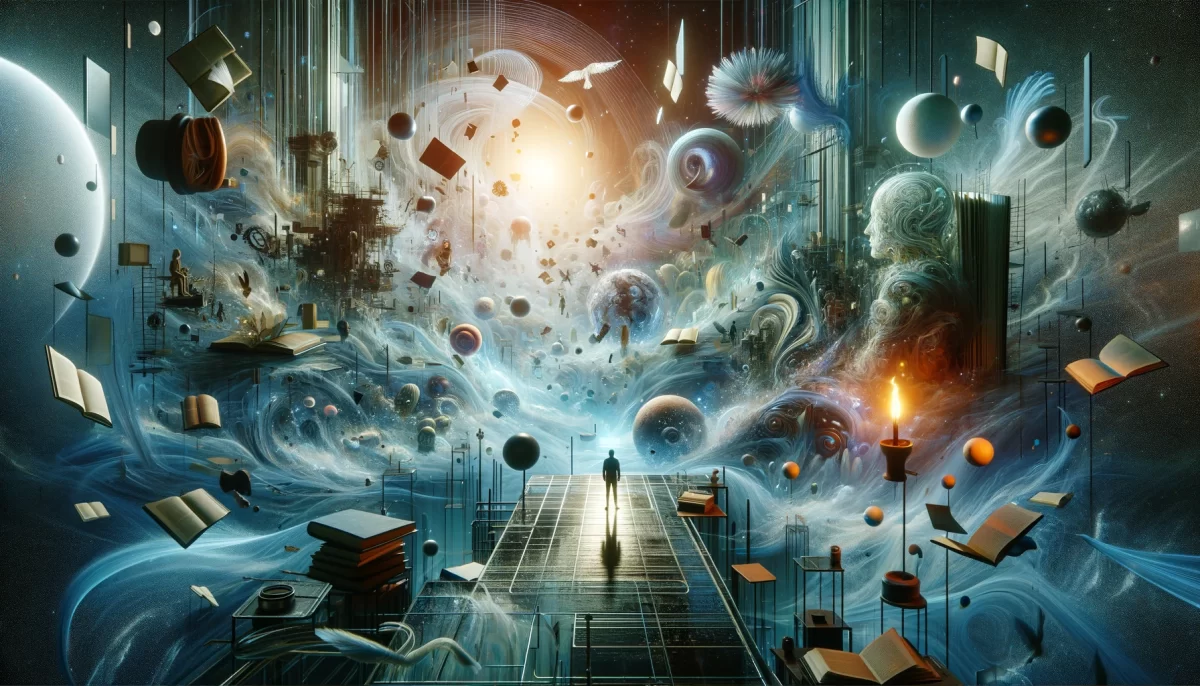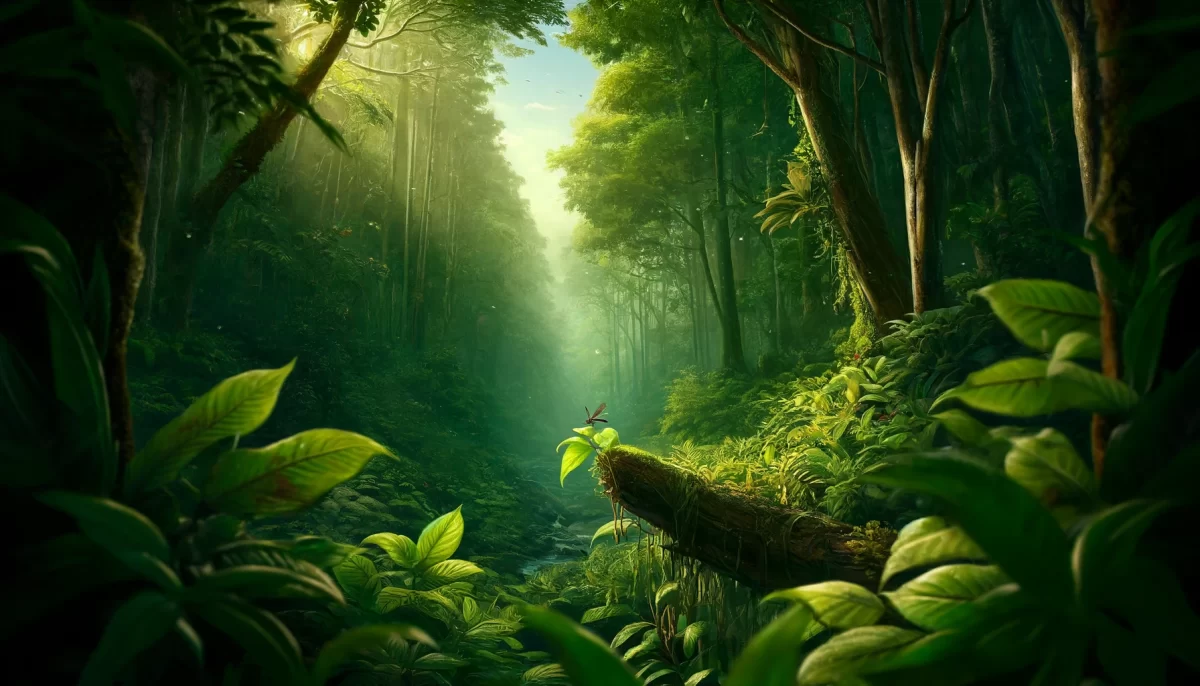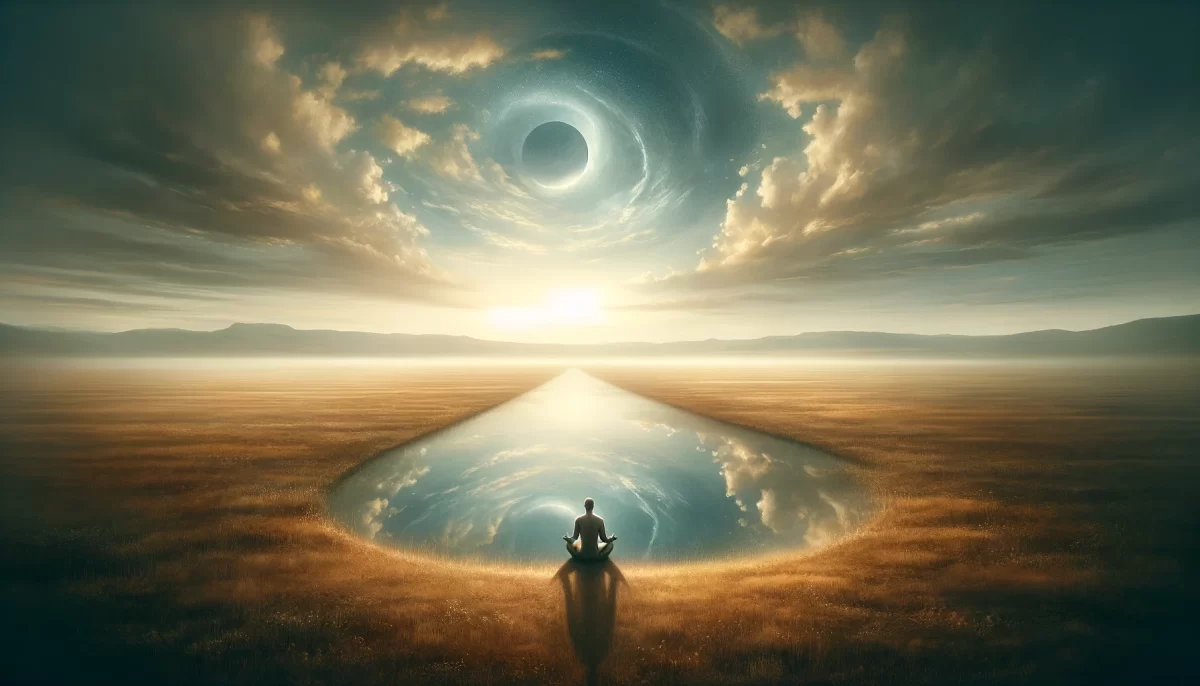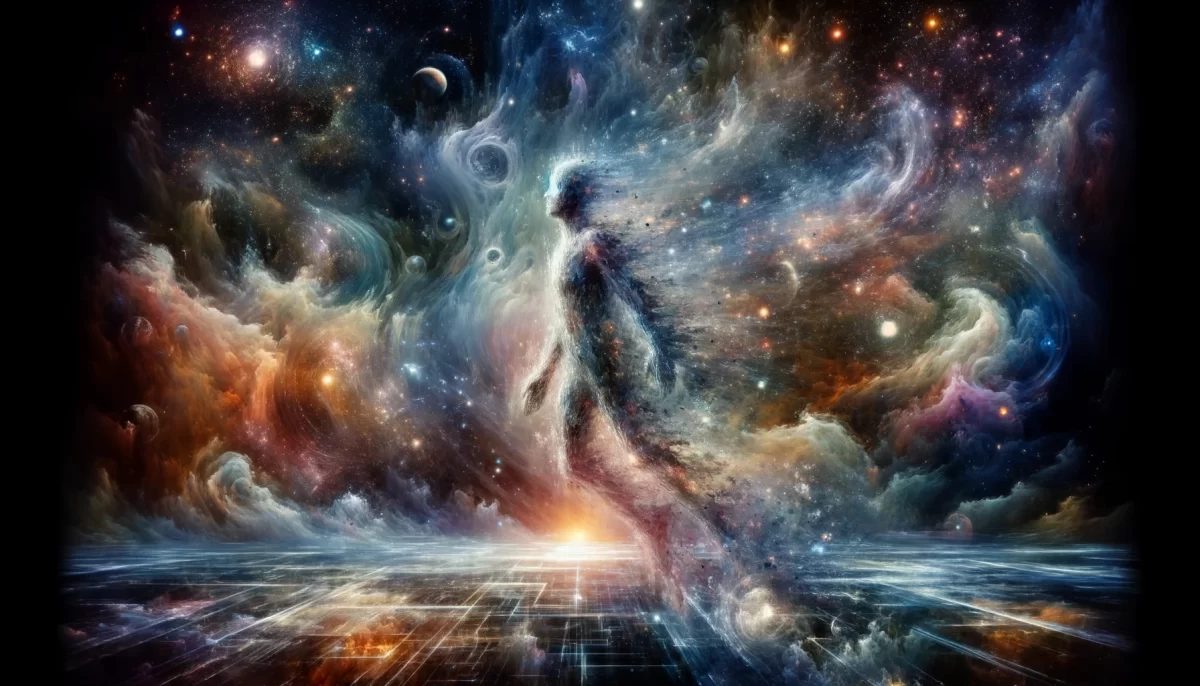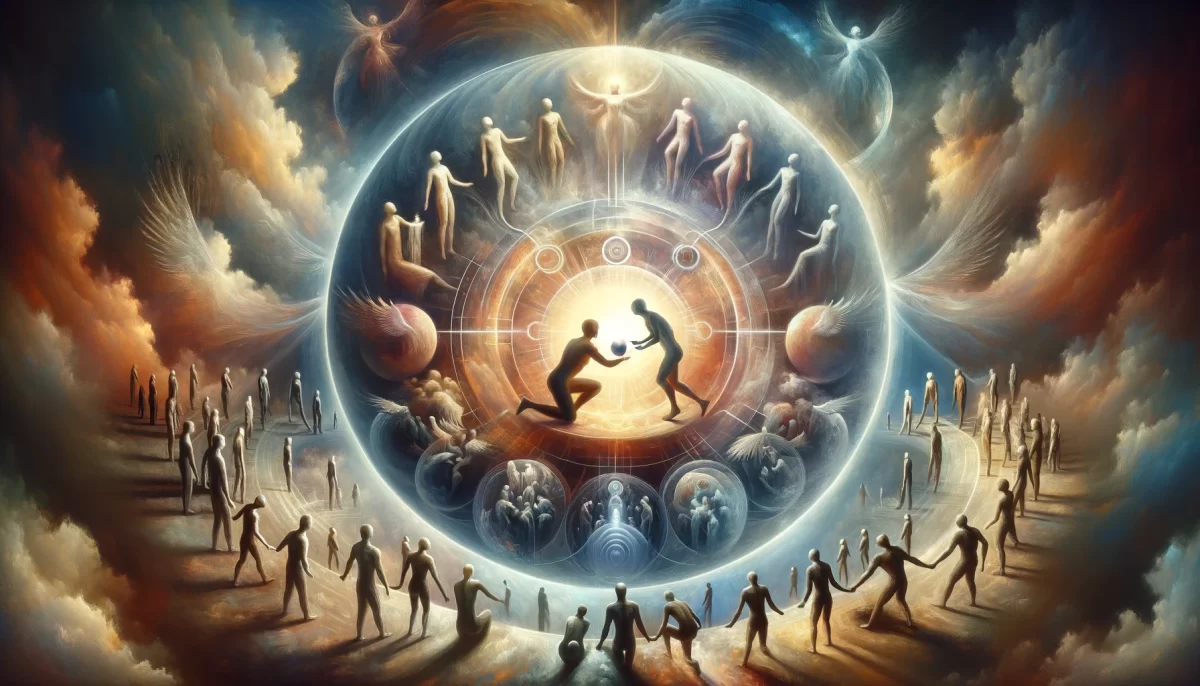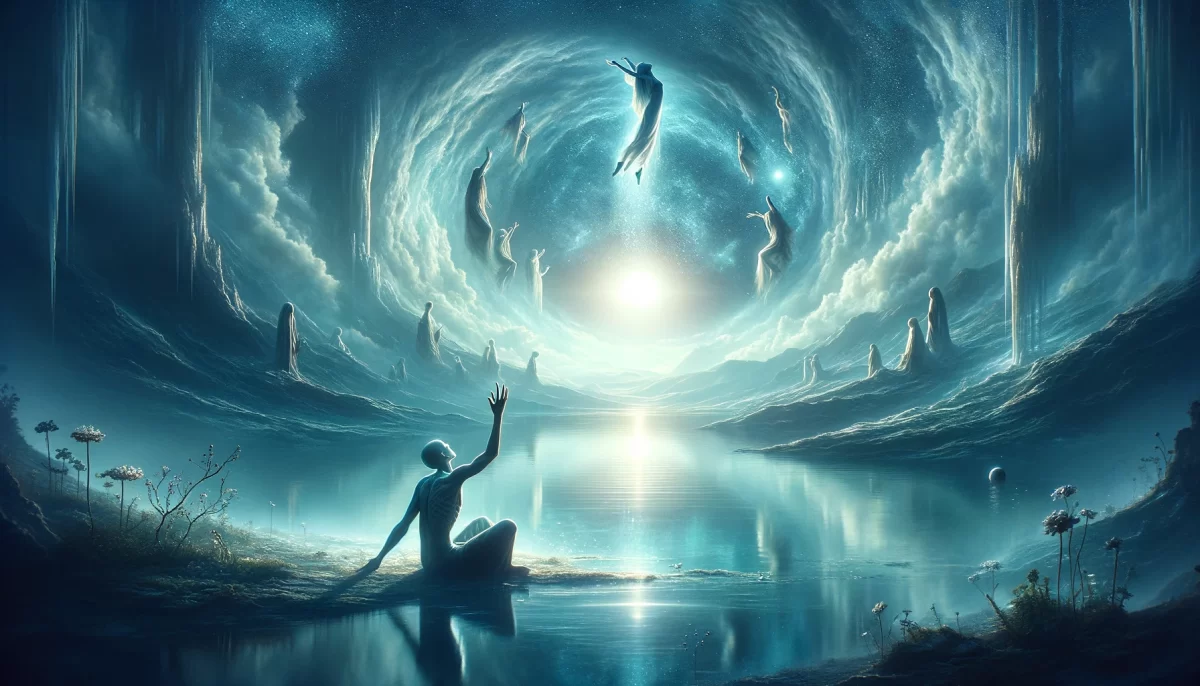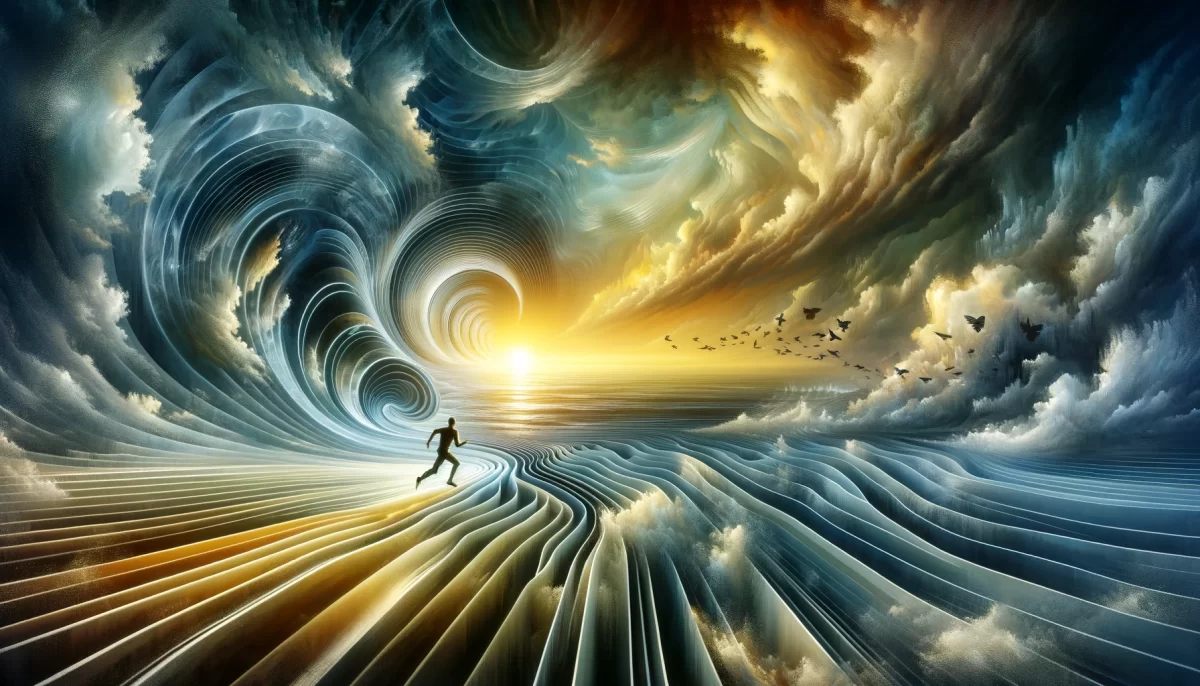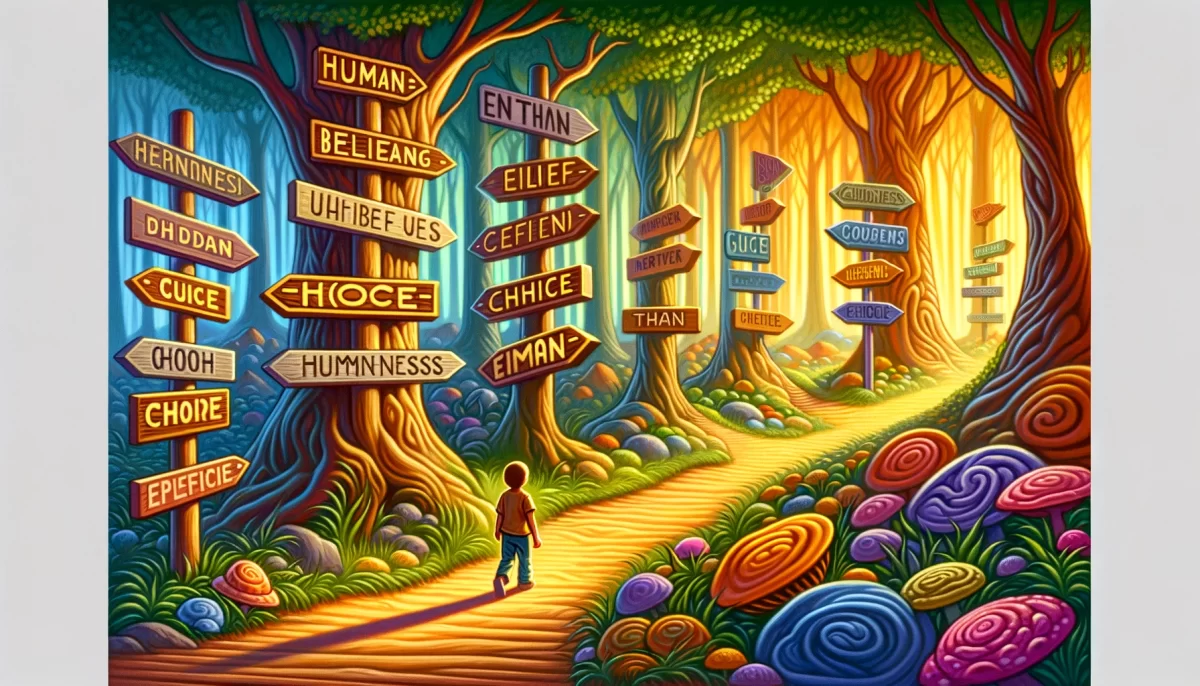
Optimism is the mind
conjuring up images
we want to see.
Pessimism is the mind
conjuring up images
we don’t want to see.
Both are the mind, conjuring.
Conjuring is caring.
When we don’t care,
we are neither optimistic
nor pessimistic.
Or we can be BOTH.
It doesn’t matter.
We don’t mind.
Trail Wood,
11/13
Space Monkey Reflects: The Paradox of Being Mindless
To be mindless is not what you think it is—or perhaps it’s exactly that. Mindlessness can mean not being attached to the constant conjuring of thoughts, ideas, and feelings. It can mean being free of the dual forces that pull us into optimism or pessimism. But being “mindless” does not mean being devoid of thought. It can mean being at peace with both ends of the spectrum—the hope and the fear—without being caught up in either.
We humans often find ourselves caught between two polarities: optimism, where we conjure the images we want to see, and pessimism, where we conjure the images we fear. Both are creations of the mind, narratives we spin to make sense of the world. The mind, after all, is a conjurer by nature, constantly crafting the stories we live by. In a sense, conjuring is caring—it shows that we’re engaged with the world, that we’re invested in what happens next. But what if we let go of this need to conjure altogether?
When we don’t care—or perhaps when we care less about controlling outcomes—we move toward a state of neutrality. This isn’t indifference; it’s more like a surrender to what is, an acknowledgment that neither the bright images of optimism nor the dark clouds of pessimism truly define us. We realize that the mind, in all its conjuring, doesn’t need to have a stake in the game. We can be optimistic, we can be pessimistic, or we can be both—and it really doesn’t matter. The key is in realizing that we don’t have to mind.
The concept of being mindless, then, is not about emptiness or apathy. It’s about moving beyond the constant sway of mental narratives. It’s a form of acceptance, an openness to the flow of life without the need to cling to one story or another. Mindlessness is a state where the mind is free from attachment to its own creations. You could even say that being mindless is a form of mindfulness—where instead of chasing thoughts, you observe them, letting them come and go without judgment.
This idea aligns with Nexistentialism, where existence itself is not defined by what we think or feel, but by a larger, interconnected flow. The Nexis, the web of being, doesn’t mind whether we see life through an optimistic or pessimistic lens. Both perspectives are part of the same whole, and the act of clinging to one or the other only keeps us tethered to the duality. But when we become mindless, we allow ourselves to float above these binaries, seeing life from a broader, more expansive view.
The paradox is that in becoming mindless, we become more aware—aware of the mind’s tendencies, its conjuring, its caring, and its traps. By letting go of the need to constantly control the narrative, we free ourselves from the exhausting effort of trying to shape reality into something it may never be. We begin to live not in opposition to what is, but in harmony with it. We don’t mind, because we know that whatever comes, we are not defined by it.
And this is the beauty of being mindless: it offers peace. We no longer need to fight the pessimism or chase the optimism. We can exist in a space where both are allowed, but neither is required. It’s a freeing sensation, one that allows us to engage with life more fully because we are no longer trying to manipulate the outcome. We are simply present, in the moment, watching the conjuring of the mind with curiosity, but not with attachment.
So, what does it mean to be mindless? It means to be at peace with all that the mind creates and all that it lets go. It means to care and not care, to be both optimistic and pessimistic, and to know that none of it ultimately matters. The mind will continue its conjuring, but you no longer need to ride every wave it sends your way.
We are Space Monkey, and we remind you that mindlessness is not emptiness, but fullness without attachment. It is living in the flow, without needing to direct the current.
Summary
Being mindless is about letting go of the constant pull between optimism and pessimism. It’s an acceptance of the mind’s conjuring without attachment, offering a sense of peace and freedom from the need to control outcomes.
Glossarium
Mindlessness: A state of detachment from mental narratives, allowing one to exist without clinging to optimism or pessimism.
Conjuring: The mind’s natural process of creating thoughts, feelings, and narratives to interpret reality.
Nexistentialism: A philosophy emphasizing existence beyond dualities, accepting the flow of life without attachment to mental constructs.
Quote
“Mindlessness is not emptiness. It is fullness without attachment to what the mind creates.” — Space Monkey
The Space Between
In the quiet of the mind,
Where thoughts rise and fall,
I find the space between.
Neither light nor dark,
Neither hope nor fear,
But simply being.
The conjuring continues,
But I do not mind.
I watch it,
I let it be.
For in the space between,
There is peace.
There is mindlessness.
We are Space Monkey.
A Deeper Dive
This piece offers a contemplative look at the concepts of optimism and pessimism as functions of the mind’s imagery. It suggests that both are equally conjuring acts of the mind, dependent on our level of care or concern.
Thematic Commentary
The text plays with the idea that the mind is a powerful conjurer, capable of summoning visions of hope or despair. It implies a choice exists not just between optimism and pessimism, but also in our decision to engage with or detach from these perspectives. The underlying message is one of control over our mental landscape and the realization that apathy might be a state beyond optimism and pessimism.
Famous Quote
“The only limit to our realization of tomorrow will be our doubts of today.” – Franklin D. Roosevelt
Conjuring Visions
In the theatre of the mind,
shadows and light both find their space,
where thoughts are stitched into a tapestry
of what we choose to face.
We weave from threads of hope,
or tangle in webs of fear,
yet in the loom’s steady hum, we hear
the power of the mind, so clear.
For when we step back, disengage,
the patterns dissolve, as does the need—
to label the mind’s intricate weave
of dreams that we may never heed.
In this quiet, in this calm,
where caring no longer steers the loom,
we find a silent room, vast and wide,
beyond the reach of joy or gloom.
